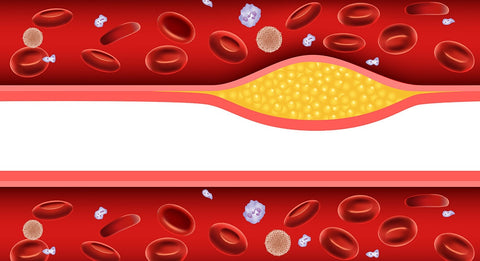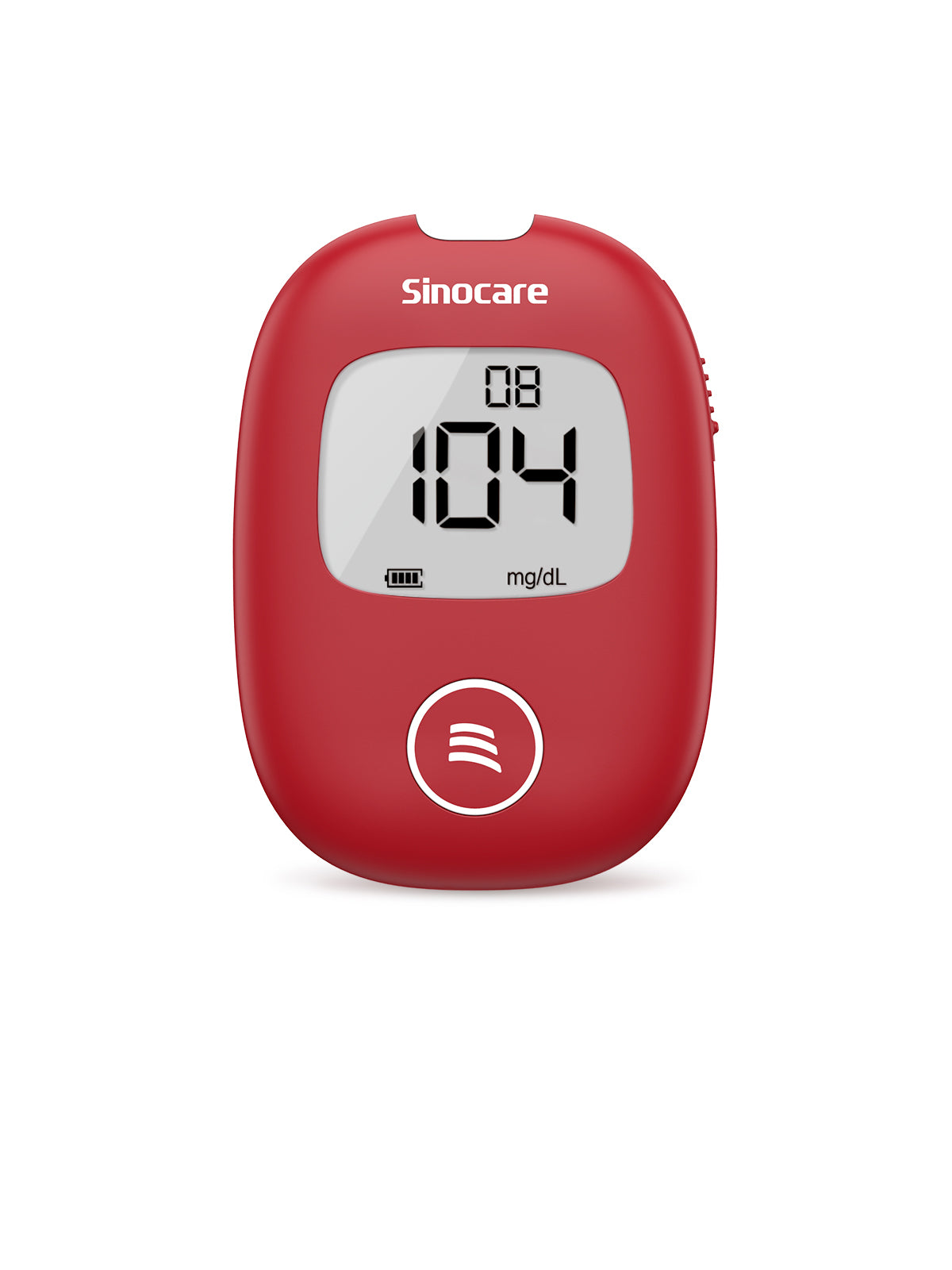The risk of death for people with diabetes is doubled than ever before while the life expectancy is shortened by 9 years, as per a study related to chronic diseases conducted in China. Diabetes can lead people to suffer from various related diseases, covering stroke, ischemic heart disease, chronic kidney disease, chronic liver disease, infection, etc.
Among these diseases, macrovascular complications boast the highest potential risks to cause death. It is estimated that more than half of people with type 2 diabetes suffer from atherosclerotic cardiovascular disease. However, if the dyslipidemia symptom happens, people may advance the risk of macrovascular and microvascular complications. What's worse, people with diabetes in China fail to maintain reasonable ranges in blood lipid.
How often should people test blood lipids?
People with diabetes should test their blood lipid levels when they are diagnosed with diabetes.

If their blood lipid levels remain normal and failure to boast cardiovascular risk factors, one times per year is more advisable.
If there are normal lipids but full of cardiovascular risk factors, one times every 3 months is encouraged. The risk factors included: male are more than 45 years old while women are more than 55 years old, smoking, obesity and family members' history of early onset of ischemic cardiovascular disease.
If blood lipids are abnormal:
Lifestyle intervention plus lipid-lowering drug therapy should be adopted. Since then, the test can be conducted by 1 times every 1-3 months. When the blood lipids come back to normal, one times every 3-12 months is allowed.
What should people do with dyslipidemia?
Statins are the commonly used drugs for dyslipidemia. If the medicine is intolerant or fails to reach the optimized level, people should change or add a non-statin drug ezetimibe that lowers density lipoprotein cholesterol (LDL-C). During the process of treatment, a healthy lifestyle for sure is essential for people with diabetes. However, the ultimate goal is to reduce the risk of atherosclerotic cardiovascular disease (ASCVD).
As such, people with diabetes should actively develop statins therapy to lower the risk of ASCVD. Based on cardiovascular risk factors, control goals vary to different people.

People with no cardiovascular disease and under 40 years old as well as multiple cardiovascular disease risk factors, should use statin drugs. At the time, LDL-C control goal is lower than 2.6 mmol/L.
What are the risk factors for cardiovascular disease?
① Age;
② Smoking;
③ High blood pressure;
④ Chronic diabetic nephropathy and microalbuminuria;
⑤ BMI exceeds 28;
⑥ Family history of early-onset ischemic cardiovascular disease.
In order to reduce the happenings of complications, people with diabetes, therefore, are essential to monitor blood lipids in time and conduct statin lipid-lowering treatment. Only by doing so can people enjoy more happiness.
Among these diseases, macrovascular complications boast the highest potential risks to cause death. It is estimated that more than half of people with type 2 diabetes suffer from atherosclerotic cardiovascular disease. However, if the dyslipidemia symptom happens, people may advance the risk of macrovascular and microvascular complications. What's worse, people with diabetes in China fail to maintain reasonable ranges in blood lipid.
- The total cholesterol (TC) compliance rate accounts for 36.1%;
- The compliance rate of triglyceride (TG) accounts for 46.4%;
- The high-density lipoprotein cholesterol (HDL-C) compliance rate accounts for 71.9%;
- The compliance rate of low-density lipoprotein cholesterol (LDL-C) accounts for 42.9%.
How often should people test blood lipids?
People with diabetes should test their blood lipid levels when they are diagnosed with diabetes.

If their blood lipid levels remain normal and failure to boast cardiovascular risk factors, one times per year is more advisable.
If there are normal lipids but full of cardiovascular risk factors, one times every 3 months is encouraged. The risk factors included: male are more than 45 years old while women are more than 55 years old, smoking, obesity and family members' history of early onset of ischemic cardiovascular disease.
If blood lipids are abnormal:
Lifestyle intervention plus lipid-lowering drug therapy should be adopted. Since then, the test can be conducted by 1 times every 1-3 months. When the blood lipids come back to normal, one times every 3-12 months is allowed.
What should people do with dyslipidemia?
Statins are the commonly used drugs for dyslipidemia. If the medicine is intolerant or fails to reach the optimized level, people should change or add a non-statin drug ezetimibe that lowers density lipoprotein cholesterol (LDL-C). During the process of treatment, a healthy lifestyle for sure is essential for people with diabetes. However, the ultimate goal is to reduce the risk of atherosclerotic cardiovascular disease (ASCVD).
As such, people with diabetes should actively develop statins therapy to lower the risk of ASCVD. Based on cardiovascular risk factors, control goals vary to different people.
- People with extremely high risk to the disease:
- People with high risk to the disease:

People with no cardiovascular disease and under 40 years old as well as multiple cardiovascular disease risk factors, should use statin drugs. At the time, LDL-C control goal is lower than 2.6 mmol/L.
What are the risk factors for cardiovascular disease?
① Age;
② Smoking;
③ High blood pressure;
④ Chronic diabetic nephropathy and microalbuminuria;
⑤ BMI exceeds 28;
⑥ Family history of early-onset ischemic cardiovascular disease.
In order to reduce the happenings of complications, people with diabetes, therefore, are essential to monitor blood lipids in time and conduct statin lipid-lowering treatment. Only by doing so can people enjoy more happiness.










Leave a comment
All comments are moderated before being published.
This site is protected by hCaptcha and the hCaptcha Privacy Policy and Terms of Service apply.